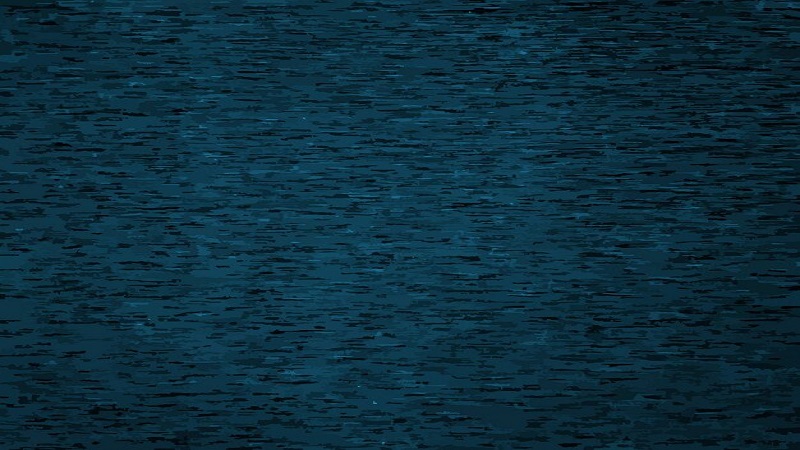Complete Information About Colour:0-f3ht6jaxg= Indigo – a color that has enchanted humans for centuries. But what makes this deep, rich hue so special? Let’s dive into the world of indigo and explore its significance, both past and present.
The Science Behind Indigo
What Makes Indigo Unique?
Indigo stands out due to its distinct deep blue shade. It’s more than just a color; it’s a phenomenon of nature. The vibrancy of indigo is the result of complex light absorption and reflection processes, giving it a unique place in the color spectrum.
Chemical Composition and Properties
Indigo dye is derived from the plant Indigofera tinctoria. The primary chemical in indigo dye is indigoid, which undergoes a transformation during the dyeing process, creating its signature blue color. This transformation involves a reduction and oxidation process that is fascinating to both chemists and dye enthusiasts.
Historical Significance of Indigo
Indigo in Ancient Civilizations
The history of indigo dates back to ancient civilizations. It was a prized commodity in Egypt, India, and the Americas. Egyptians used indigo in their mummification processes, while in India, indigo dyeing was an art passed down through generations.
Indigo in the Modern Era
Indigo gained tremendous popularity in the modern era, especially with the advent of denim jeans in the 19th century. It symbolized both rebellion and fashion, becoming a staple in wardrobes worldwide.
Indigo in Fashion
Indigo Dyeing Techniques
The art of indigo dyeing involves several techniques, including vat dyeing and resist dyeing. Each technique creates different shades and patterns, making indigo versatile in the fashion industry.
Popularity of Indigo in Modern Fashion
Indigo continues to be a fashion favorite. From high-end couture to everyday wear, indigo is celebrated for its timeless appeal and adaptability.
Indigo in Art
Use of Indigo in Paintings
Artists have long favored indigo for its depth and intensity. The color’s ability to convey emotions and moods makes it a powerful tool in the artist’s palette.
Famous Artists Known for Using Indigo
Renowned artists like Vincent van Gogh and Katsushika Hokusai have used indigo extensively in their works, adding to its artistic significance.
Indigo in Home Décor
Decorating with Indigo
Indigo can transform living spaces with its calming yet vibrant presence. It’s often used in fabrics, wall colors, and accessories to add a touch of elegance and tranquility.
Indigo in Interior Design Trends
Current interior design trends favor indigo for its versatility. It pairs well with various colors and styles, from bohemian to minimalist.
The Spiritual and Psychological Impact of Indigo
Indigo in Spiritual Practices
Psychological Effects of Indigo
Psychologically, indigo is known to promote deep thinking and introspection. It’s a color that encourages calmness and focus, often used in spaces designed for relaxation and creativity.
Health Benefits of Indigo
Indigo in Traditional Medicine
Modern Health Uses of Indigo
Complete Information About Colour:0-f3ht6jaxg= Indigo modern research has begun to explore the health benefits of indigo, particularly its potential anti-inflammatory and antimicrobial properties.
Indigo in Technology
Indigo in Digital Art
The digital art world embraces indigo for its striking visual impact. It’s used in various applications, from graphic design to digital paintings.
Technological Innovations Using Indigo
Innovations in technology have led to new uses for indigo, including advanced dyeing techniques and sustainable production methods.
Environmental Impact of Indigo
Sustainable Indigo Dyeing
The demand for sustainable fashion has brought attention to eco-friendly indigo dyeing methods. These methods reduce environmental impact and promote ethical practices.
Environmental Concerns
Despite its beauty, traditional indigo dyeing can have harmful environmental effects. It’s crucial to balance appreciation for the color with responsibility towards the environment.
The Future of Indigo
Innovations in Indigo Dyeing
Complete Information About Colour:0-f3ht6jaxg= Indigo The future of indigo looks promising with ongoing innovations aimed at making the dyeing process more sustainable and efficient.
The Role of Indigo in Future Trends
As fashion and design evolve, indigo will remain a central color, adapting to new trends and technologies while retaining its classic appeal.
Conclusion
Complete Information About Colour:0-f3ht6jaxg= Indigo is more than just a color; it’s a blend of history, science, art, and culture. Its deep blue hue continues to inspire and captivate, promising to remain a significant part of our lives for generations to come.
FAQs
What is the origin of the word ‘Indigo’?
The word ‘indigo’ comes from the Greek word ‘indikon,’ meaning ‘from India,’ reflecting the dye’s ancient origins in the Indian subcontinent.
How is indigo dye made?
To make indigo dye, ferment the leaves of the indigo plant, extract the dye, and then reduce and oxidize it to produce the vivid blue color.
What are the benefits of using indigo in fashion?
People prize indigo for its rich, vibrant color and versatility. They use it in various fabrics and styles, making it a favorite in both traditional and modern fashion.
